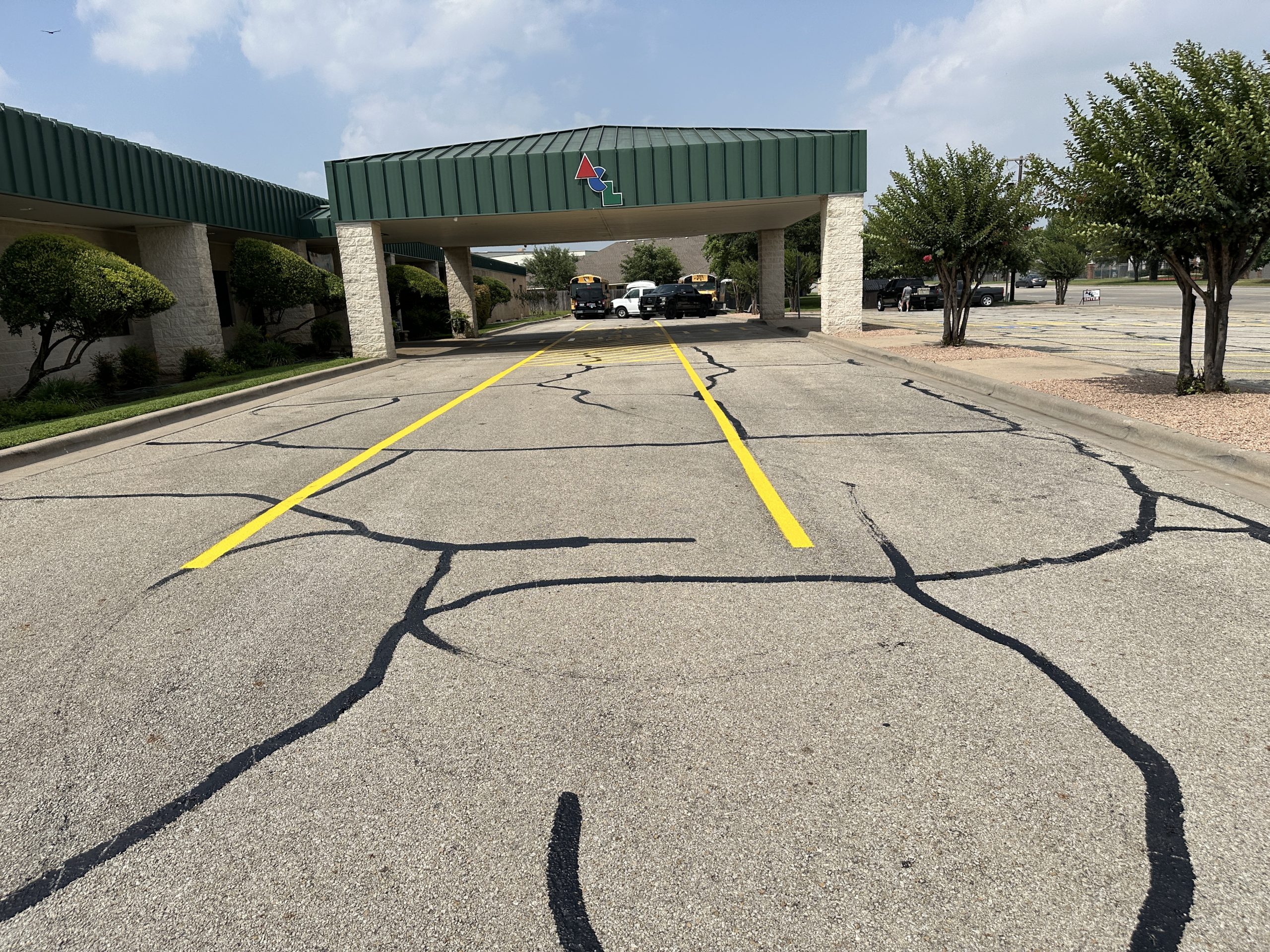
Preparation
- Cleaning: The area to be sealed is thoroughly cleaned to remove any dirt, debris, or oil that may interfere with the sealing process.
- Inspecting: The cracks are inspected to determine the severity and depth of the cracks, as well as any underlying damage or issues.
- Preparing the surface: The surface of the pavement is prepared by sweeping or blowing off any loose debris or dust.
Sealing
- Applying the sealant: A specialized sealant is applied to the cracks using a heated applicator or a pressure pot.
- Sealing the cracks: The sealant is injected into the cracks, filling them to the surface of the pavement.
- Allowing the sealant to flow: The sealant is allowed to flow into the cracks and fill them completely, ensuring a smooth and even surface.
- Removing excess sealant: Any excess sealant is removed from the surface of the pavement using a scraper or a squeegee.
Finishing
- Inspection: The sealed cracks are inspected to ensure that they are fully sealed and that there are no gaps or openings.
- Touch-ups: Any areas that require additional sealing are touched up as needed.
- Final inspection: The sealed area is inspected again to ensure that it meets the desired standards.
- Removing excess sealant: Any excess sealant is removed from the surface of the pavement using a scraper or a squeegee.
Post-Application
- Waiting period: The sealant is allowed to cure for a specified period of time, usually several hours or overnight, depending on the type of sealant used.
- Traffic restrictions: Traffic may be restricted in the area being sealed until the sealant has fully cured and hardened.
- Maintenance: The sealed area is inspected regularly to ensure that it remains intact and functional.
Types of Crack Sealing
There are several types of crack sealing, including:
- Reflective crack sealing: This involves using a specialized sealant that reflects light and makes it easier to detect cracks.
- Block crack sealing: This involves filling in larger cracks and fissures with a more robust material.
- Edge crack sealing: This involves sealing cracks along the edges of pavement.
- Joint crack sealing: This involves sealing cracks at joints and seams.
- Slippage crack sealing: This involves sealing cracks caused by movement or slippage in the pavement.
- Fatigue (Alligator) crack sealing: This involves sealing cracks caused by fatigue and wear in the pavement.
Overall, the crack sealing process is an important step in maintaining the integrity and longevity of paved surfaces, and it can help prevent more costly repairs down the line.


Here are some benefits of crack sealing
Crack sealing prevents water from seeping into the cracks and causing erosion, damage to the underlying structure, and costly repairs.
Crack sealing can extend the life of the pavement by preventing further damage and deterioration caused by water, sand, and dirt.
By sealing cracks early, you can prevent more costly repairs and maintenance down the line, which can save you money and reduce your maintenance costs.
Crack sealing can improve the appearance of your pavement by filling in unsightly cracks and restoring a smooth, even surface.
Crack sealing can prevent oil and gas leaks from seeping into the cracks and causing environmental damage.
By sealing cracks, you can reduce the risk of slips and falls caused by uneven or damaged pavement surfaces.
Crack sealing can reduce the noise generated by traffic on cracked pavement surfaces, making for a more comfortable driving experience.
Crack sealing can protect underground infrastructure such as pipes, cables, and utilities from damage caused by water infiltration.
By maintaining a well-maintained pavement surface, you can increase your property’s value and appeal to potential buyers or renters.
Crack sealing can prevent further damage to the pavement surface by preventing erosion, settlement, and other forms of damage caused by cracks.
By sealing cracks early, you can increase the durability of your pavement surface, reducing the need for costly repairs and replacements.
Crack sealing can help reduce environmental damage by preventing pollutants from entering waterways and soil.
By preventing costly repairs and maintenance, crack sealing can help save you money in the long run.
By reducing the amount of pollutants that enter the air, crack sealing can help improve air quality.
By maintaining a well-maintained pavement surface, you can increase efficiency in daily operations, reducing downtime and improving productivity.
Overall, crack sealing is an important maintenance practice that can provide numerous benefits for both commercial and residential properties.
